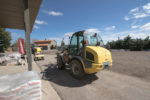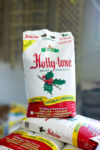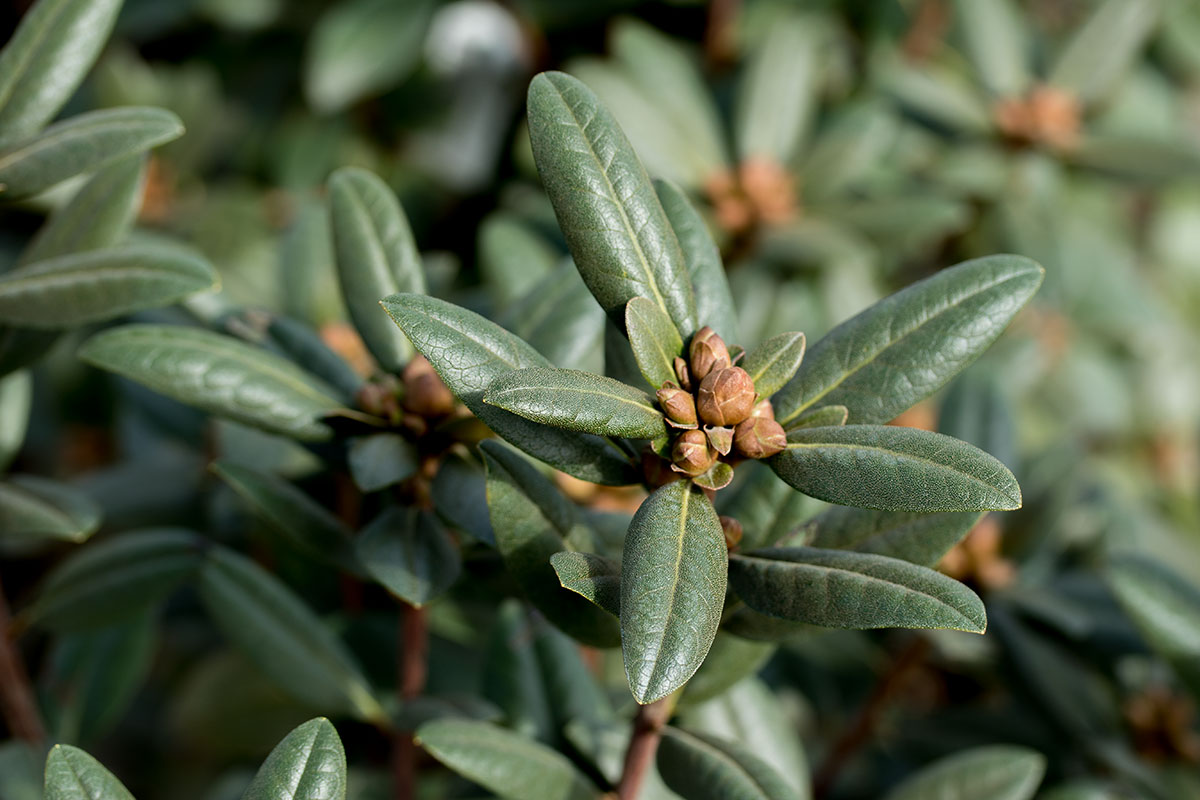Most days during spring are fast paced, non-stop, some would say crazy. However, once you start that momentum you get into a rhythm and things smooth out. Then you go to the store and have to wait in a long, slow moving line. It is like hitting a brick wall.
Waiting for an order to be prepped will cost you valuable time. If you have an order that requires prep work, call, text or email us. Please give us a 24 hour notice and we will do our best to have it prepped and ready for you when you need it.

Call and inquire about our inventory. If we do not stock it we can usually get it for you within 72 hours. (Rosetta product can take up to 2 weeks) Giving us as much notice as you can gives you a better chance to have the product you need when you need it. What I’m saying is “once you know what you need let us know.” There are no storage fees to hold product for a job that is a month out. Just peace of mind that what you need is here and ready for you when you need it.
There are those times when you need to have something right now, or you are closer to the manufacturer. We can call the order in and you can pick it up at the factory.
Most of our days are filled with situations and circumstances that slow us down - let us help you save time. We will make your experience at Christensen’s Hardscape Center both smooth and fast.







